Jeremy Grantham is the head of GMO, an institutional asset management company that has more than $100 billion dollars under management. According to Wikipedia, he started one of the first index funds? He’s built a reputation as a market genius, with stories of successfully avoiding the Japanese bubble, the Dot-com bubble, and the most recent Credit Crisis. Of course, sometimes he was very early and people lost a lot of money trying to follow him.
Every quarter, GMO releases a 7-Year Asset Class Forecast. You can read it and other market commentary for free by registering on their website. I wouldn’t call looking ahead 7 years a “long” time horizon, but since I’ve exploring future market returns, I figured why not throw it out there for future reference. Here’s the latest forecast as of April 30th, 2010. (Click to enlarge.)
The chart represents real return forecast for several asset classes and an estimate of net value expected to be added from active management. These forecasts are forward-looking statements based upon the reasonable beliefs of GMO and are not a guarantee of future performance. Actual results may differ materially from the forecasts above.
GMO expects the High Quality US stock, Emerging Markets stock, and Managed Timber asset classes to have the highest real return over the next 7 years. I pretty much ignore the value-added part (“alpha”) because even if I believed it, GMO won’t manage my money for me anyway. 😛
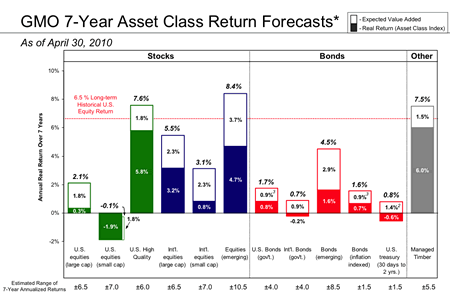

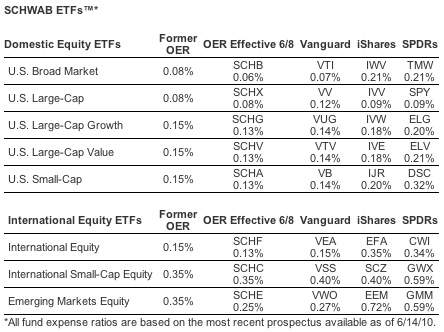
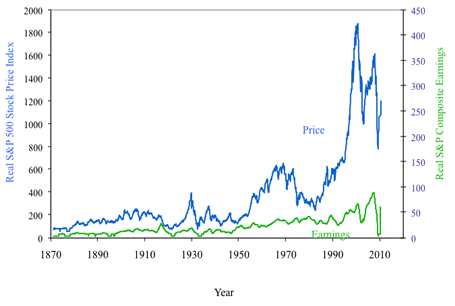
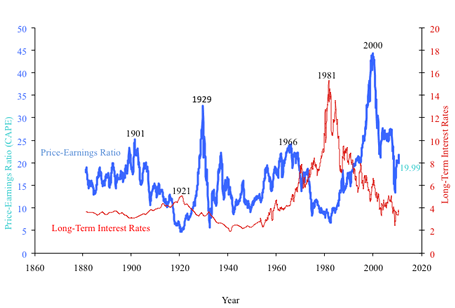
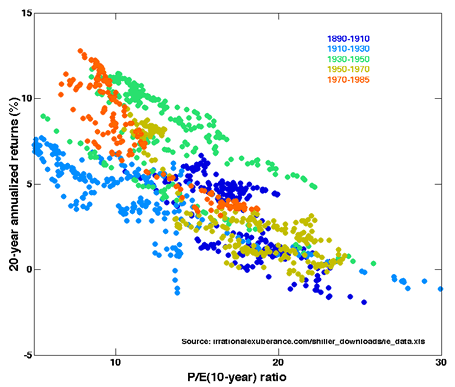
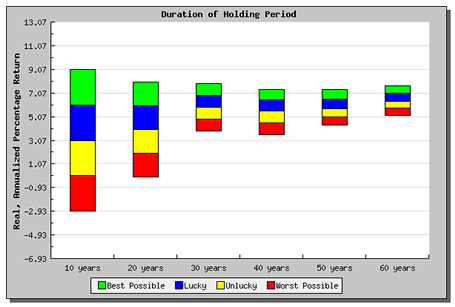
 Here is an updated
Here is an updated  Okay, so Ally does spend a lot of money on advertising, but a feature they rarely mention is actually the best reason to open an account with them. They only hit you with a early withdrawal penalty of 60-days of lost interest if you “break” a CD with them. The Ally Bank 5-year CD currently yields 1.60% APY (as of 10/25/13). Rates change constantly, but let’s assume you have a certificate of deposit from any bank paying 2.99% APY with an early withdrawal penalty of the last 60 days of interest. (2.99% APY ~= 2.95% rate compounded daily.) Here’s how your actual annualized interest rate would fluctuate given your holding period.
Okay, so Ally does spend a lot of money on advertising, but a feature they rarely mention is actually the best reason to open an account with them. They only hit you with a early withdrawal penalty of 60-days of lost interest if you “break” a CD with them. The Ally Bank 5-year CD currently yields 1.60% APY (as of 10/25/13). Rates change constantly, but let’s assume you have a certificate of deposit from any bank paying 2.99% APY with an early withdrawal penalty of the last 60 days of interest. (2.99% APY ~= 2.95% rate compounded daily.) Here’s how your actual annualized interest rate would fluctuate given your holding period.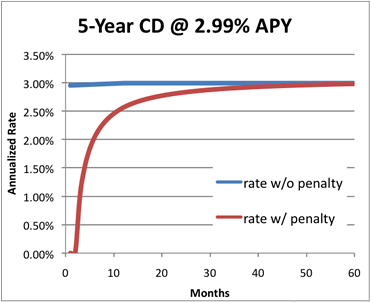
 I reviewed SmartyPig.com a while back when they had just broke onto the scene, but they have made a lot of improvements in response to customer feedback since then. You can think of them like an online piggy bank that helps you towards savings goals, but they’ve added so much flexibility that you can pretty much use them like any other savings account. The best part? They currently pay 2.15% APY on balances up to $50,000 (FDIC-insured). That’s better than any other savings account out there, with no additional requirements. No minimums, no maintenance fees.
I reviewed SmartyPig.com a while back when they had just broke onto the scene, but they have made a lot of improvements in response to customer feedback since then. You can think of them like an online piggy bank that helps you towards savings goals, but they’ve added so much flexibility that you can pretty much use them like any other savings account. The best part? They currently pay 2.15% APY on balances up to $50,000 (FDIC-insured). That’s better than any other savings account out there, with no additional requirements. No minimums, no maintenance fees. Sallie Mae is best known as the huge student loan originator and servicer. Their new Sallie Mae Bank is an FDIC-insured bank that offers a very competitive 1.40% APY in their online savings account. Not a bad deal to lend out money to captive students at high interest rates, and pay much less as a bank! Hopefully this means that they can keep their rates higher than other banks.
Sallie Mae is best known as the huge student loan originator and servicer. Their new Sallie Mae Bank is an FDIC-insured bank that offers a very competitive 1.40% APY in their online savings account. Not a bad deal to lend out money to captive students at high interest rates, and pay much less as a bank! Hopefully this means that they can keep their rates higher than other banks.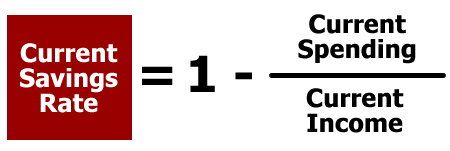
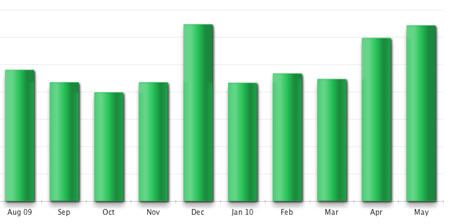
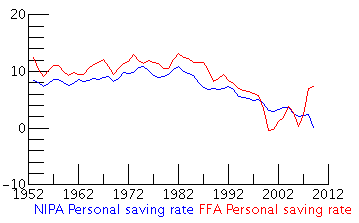
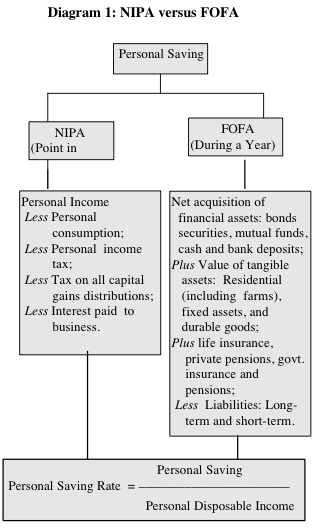
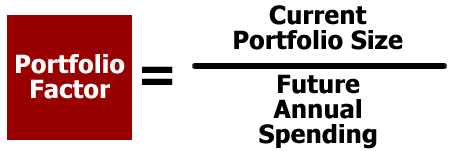
 The Best Credit Card Bonus Offers – March 2024
The Best Credit Card Bonus Offers – March 2024 Big List of Free Stocks from Brokerage Apps
Big List of Free Stocks from Brokerage Apps Best Interest Rates on Cash - March 2024
Best Interest Rates on Cash - March 2024 Free Credit Scores x 3 + Free Credit Monitoring
Free Credit Scores x 3 + Free Credit Monitoring Best No Fee 0% APR Balance Transfer Offers
Best No Fee 0% APR Balance Transfer Offers Little-Known Cellular Data Plans That Can Save Big Money
Little-Known Cellular Data Plans That Can Save Big Money How To Haggle Your Cable or Direct TV Bill
How To Haggle Your Cable or Direct TV Bill Big List of Free Consumer Data Reports (Credit, Rent, Work)
Big List of Free Consumer Data Reports (Credit, Rent, Work)